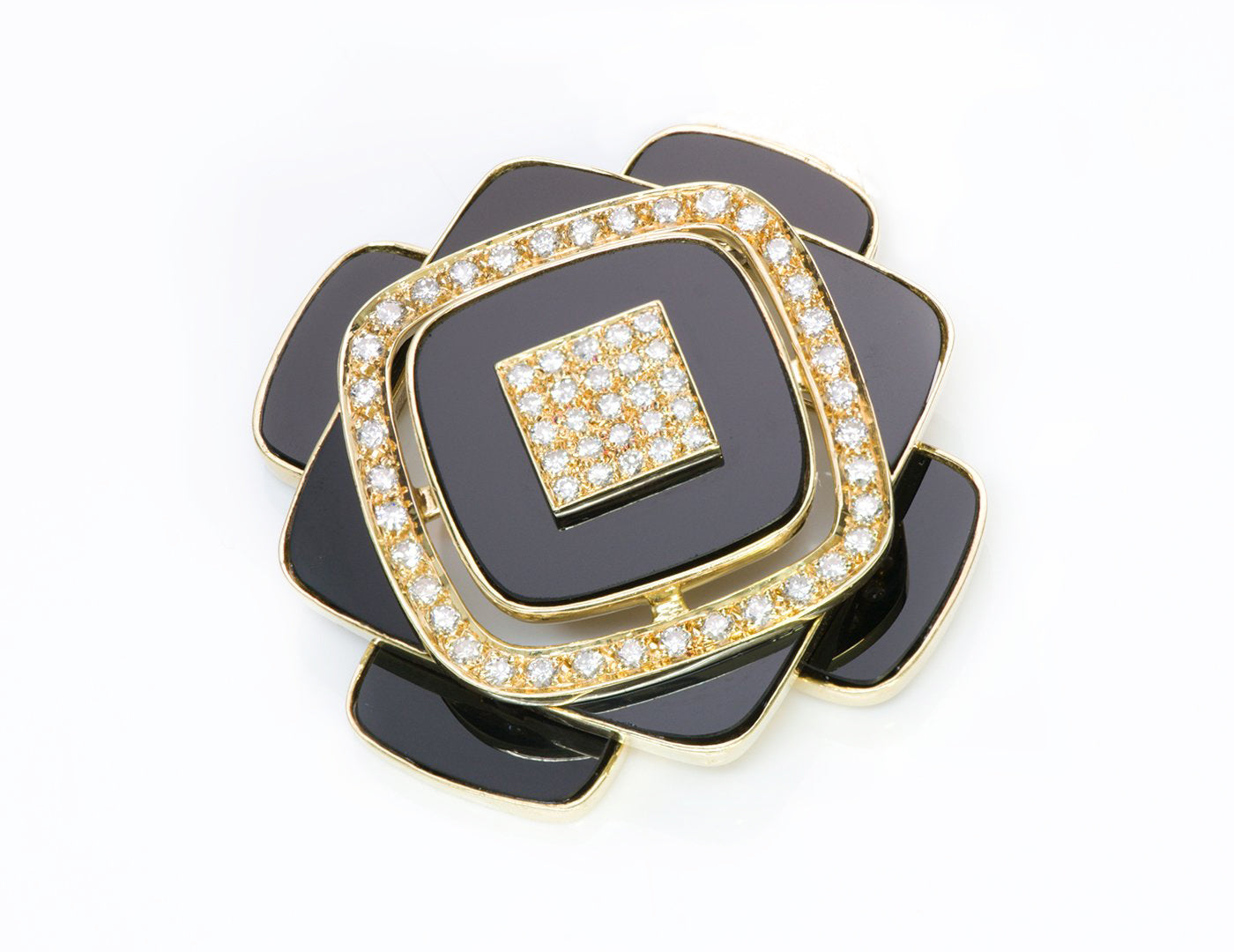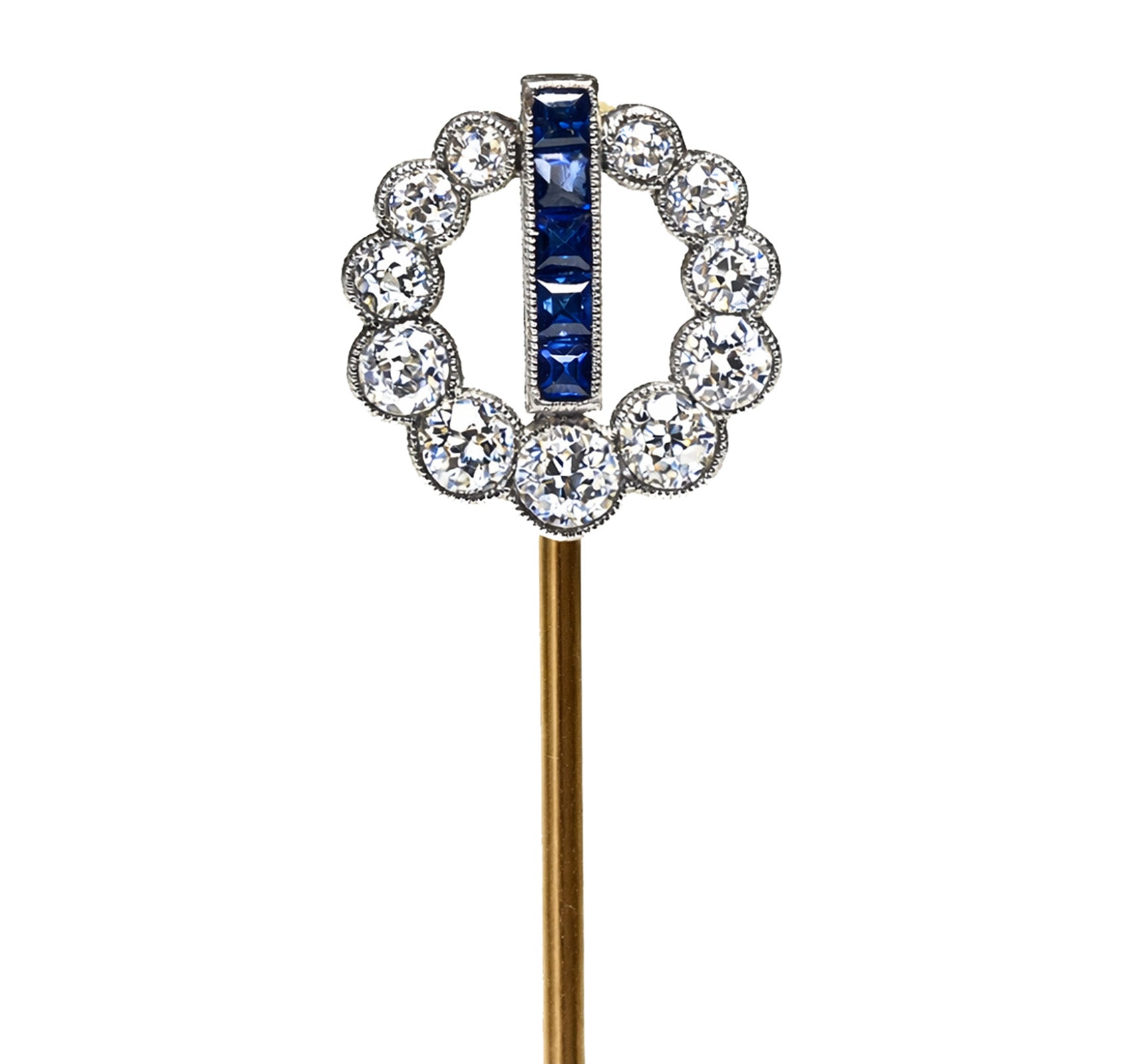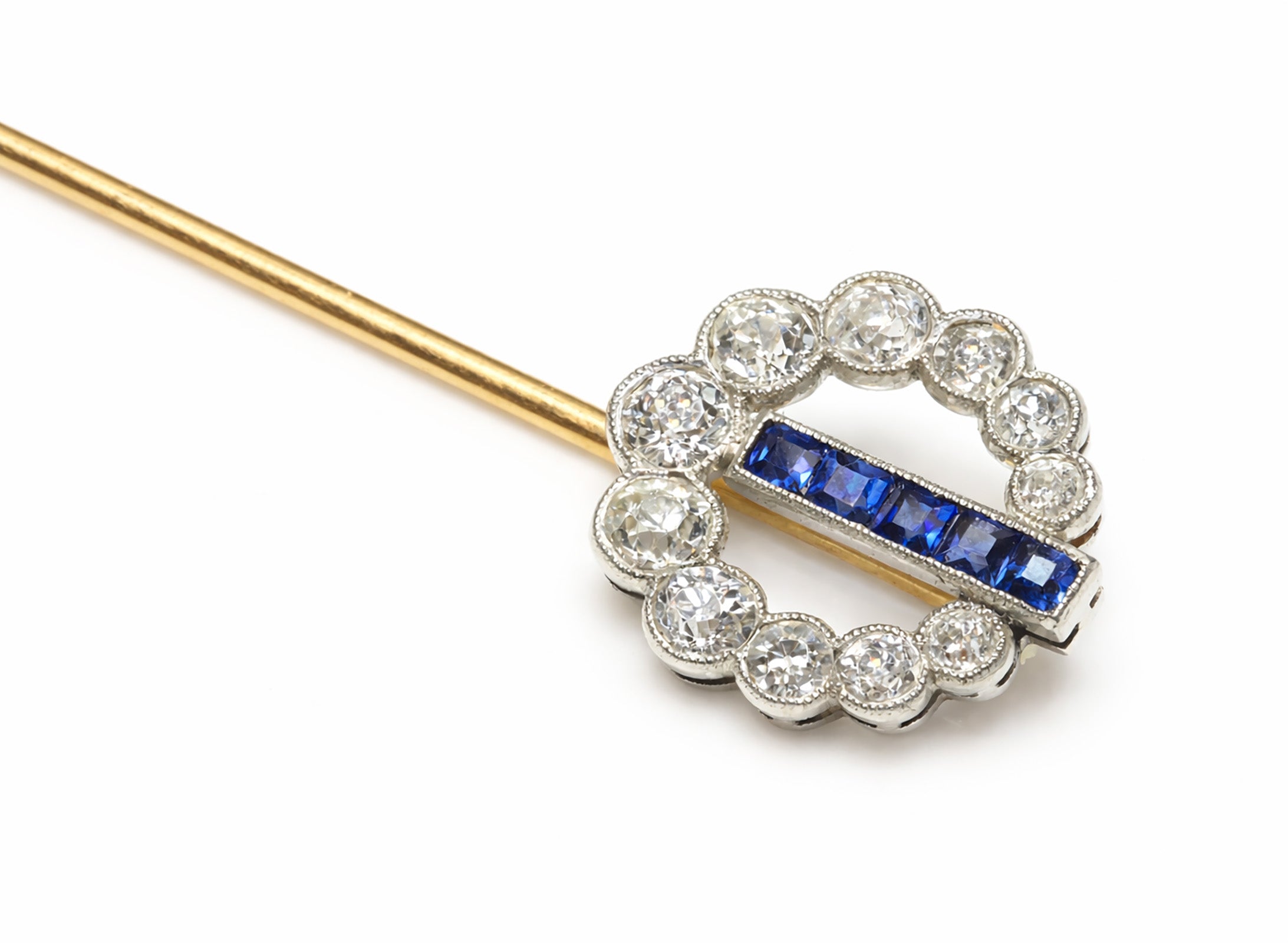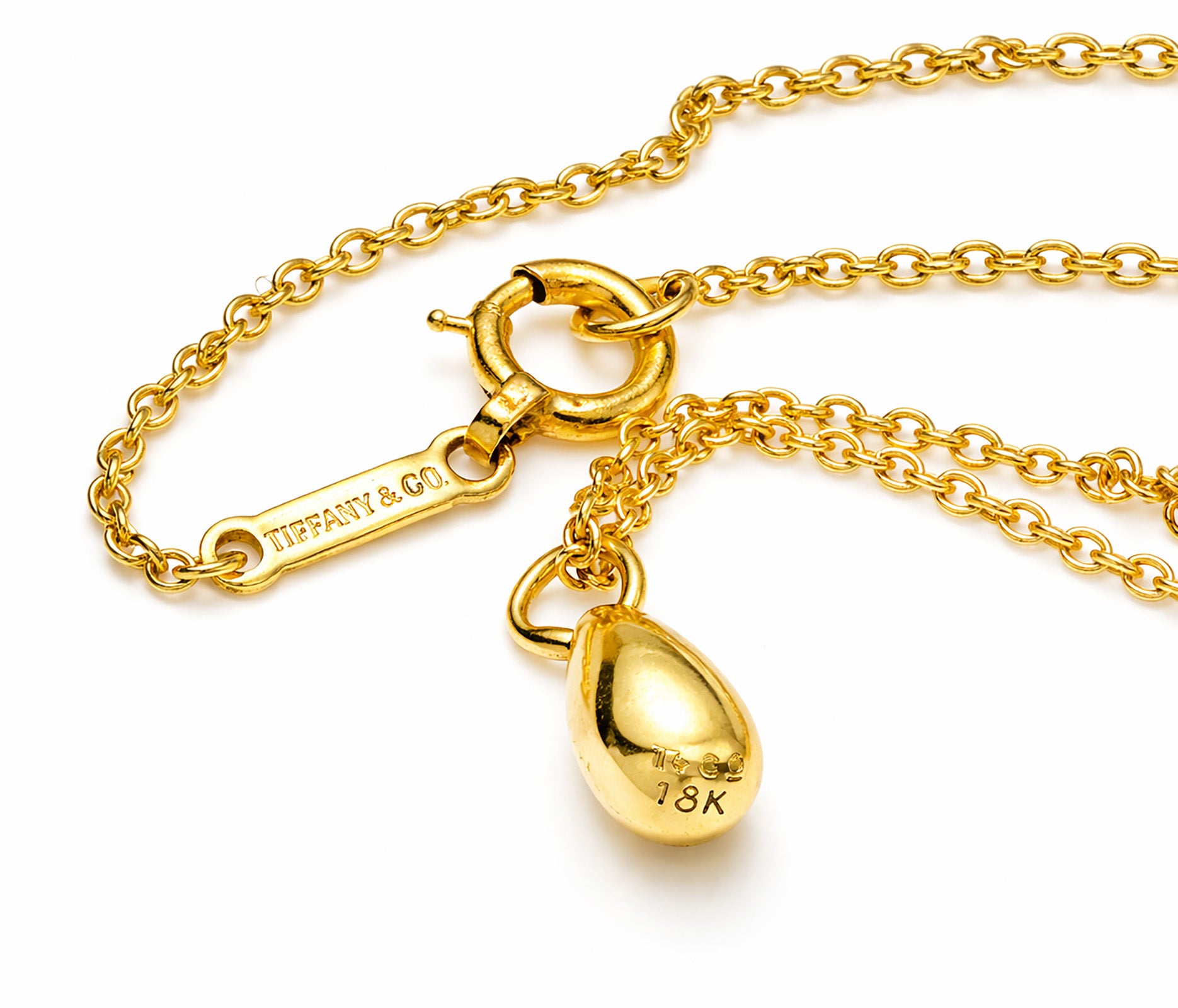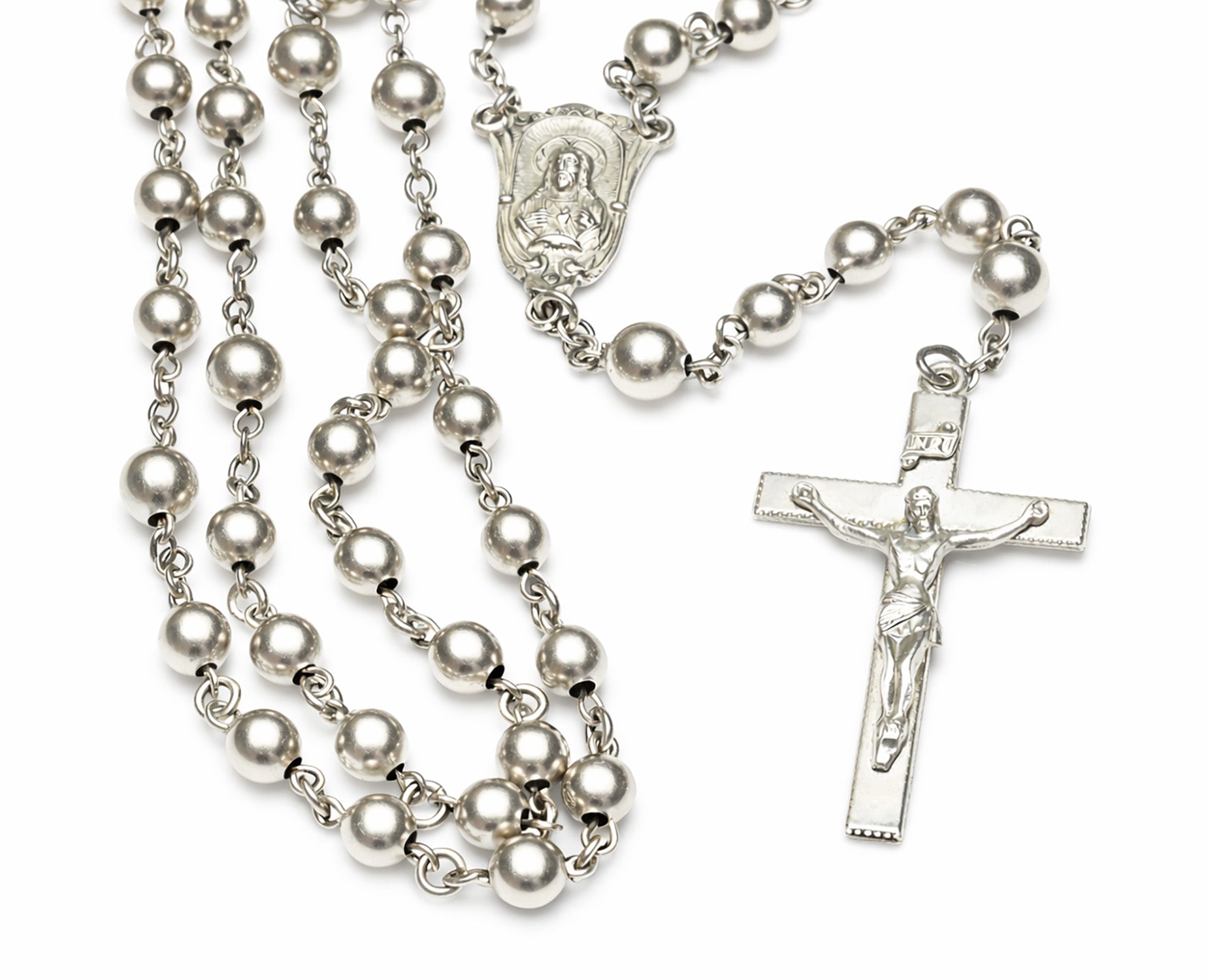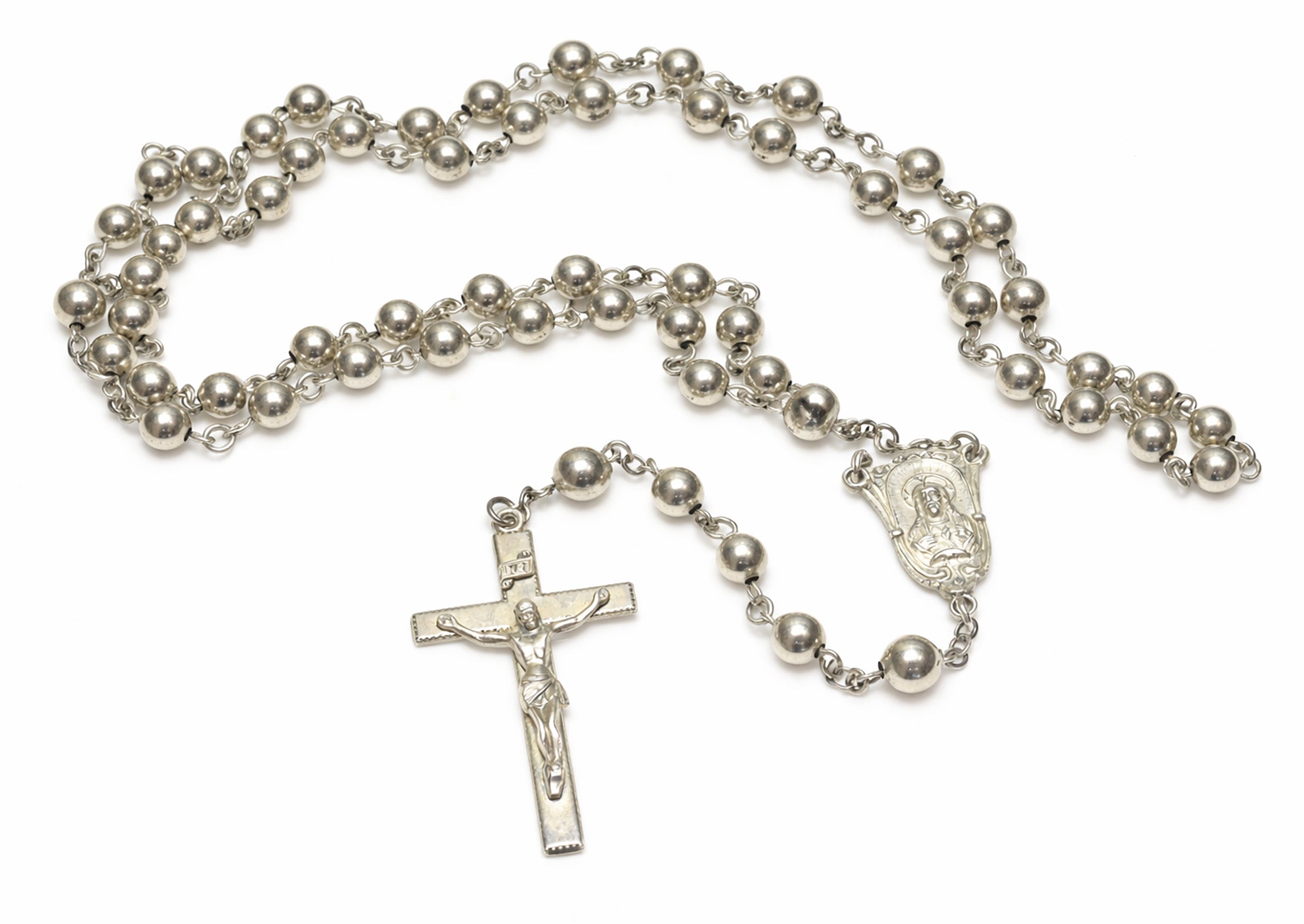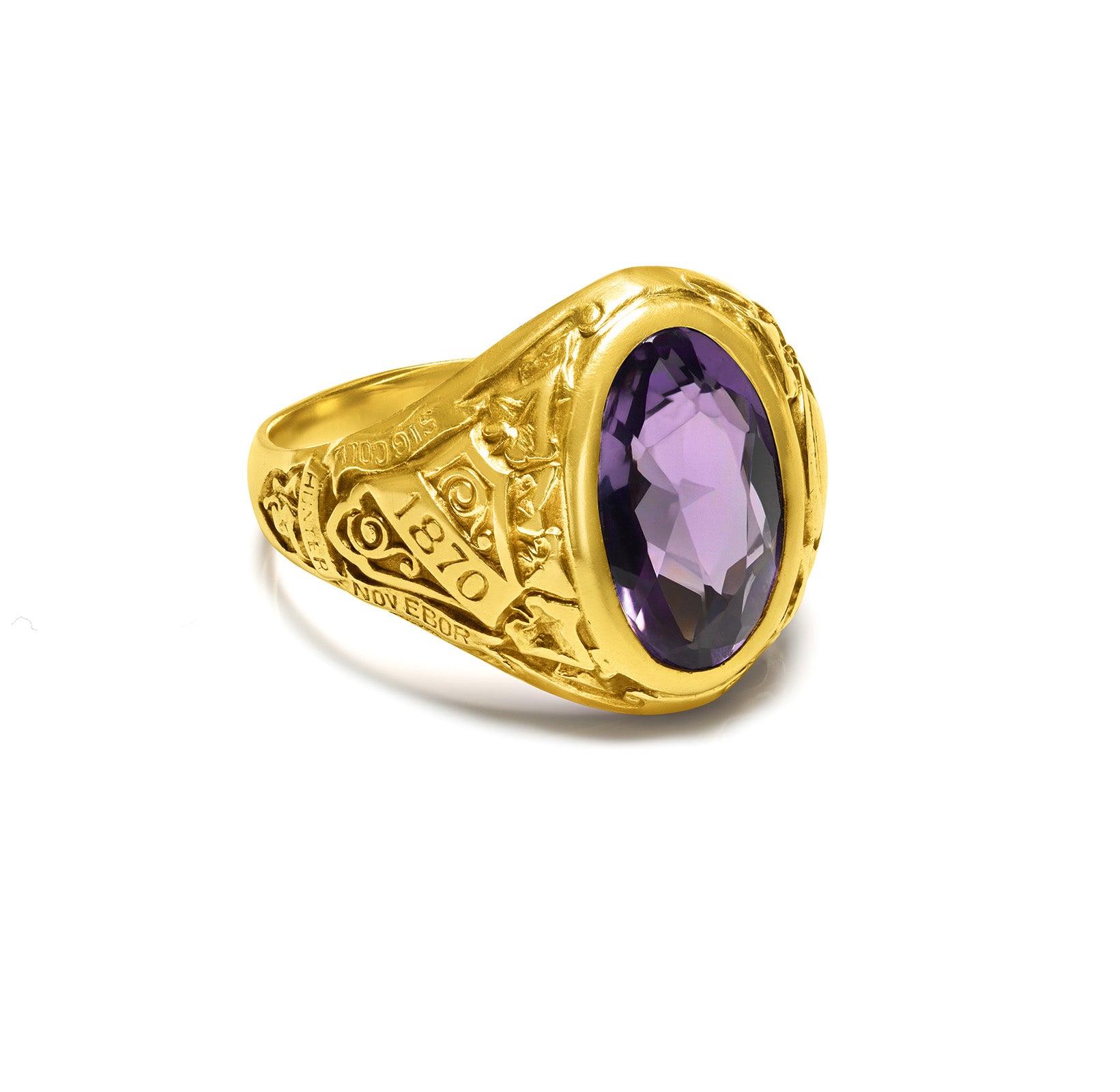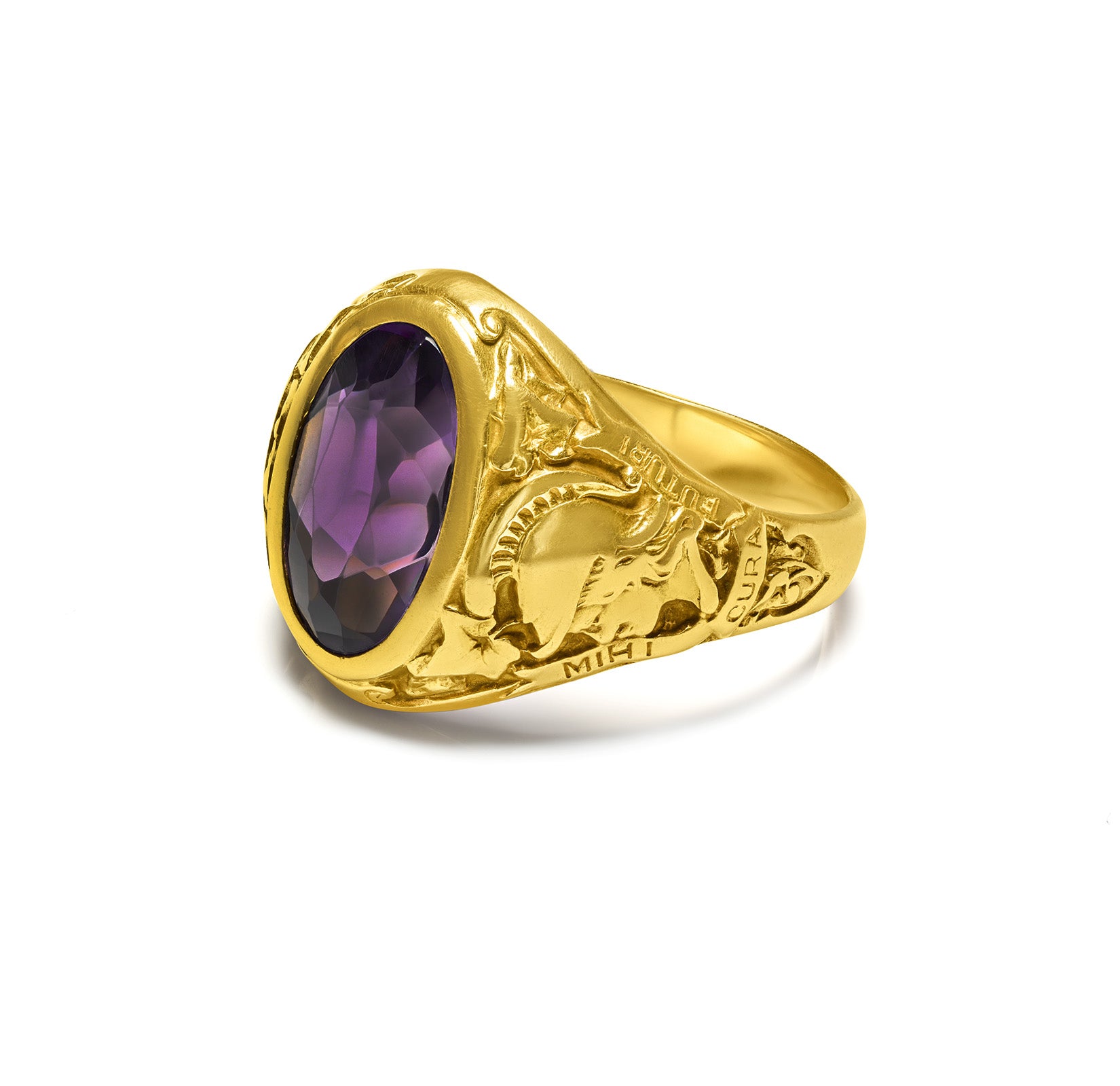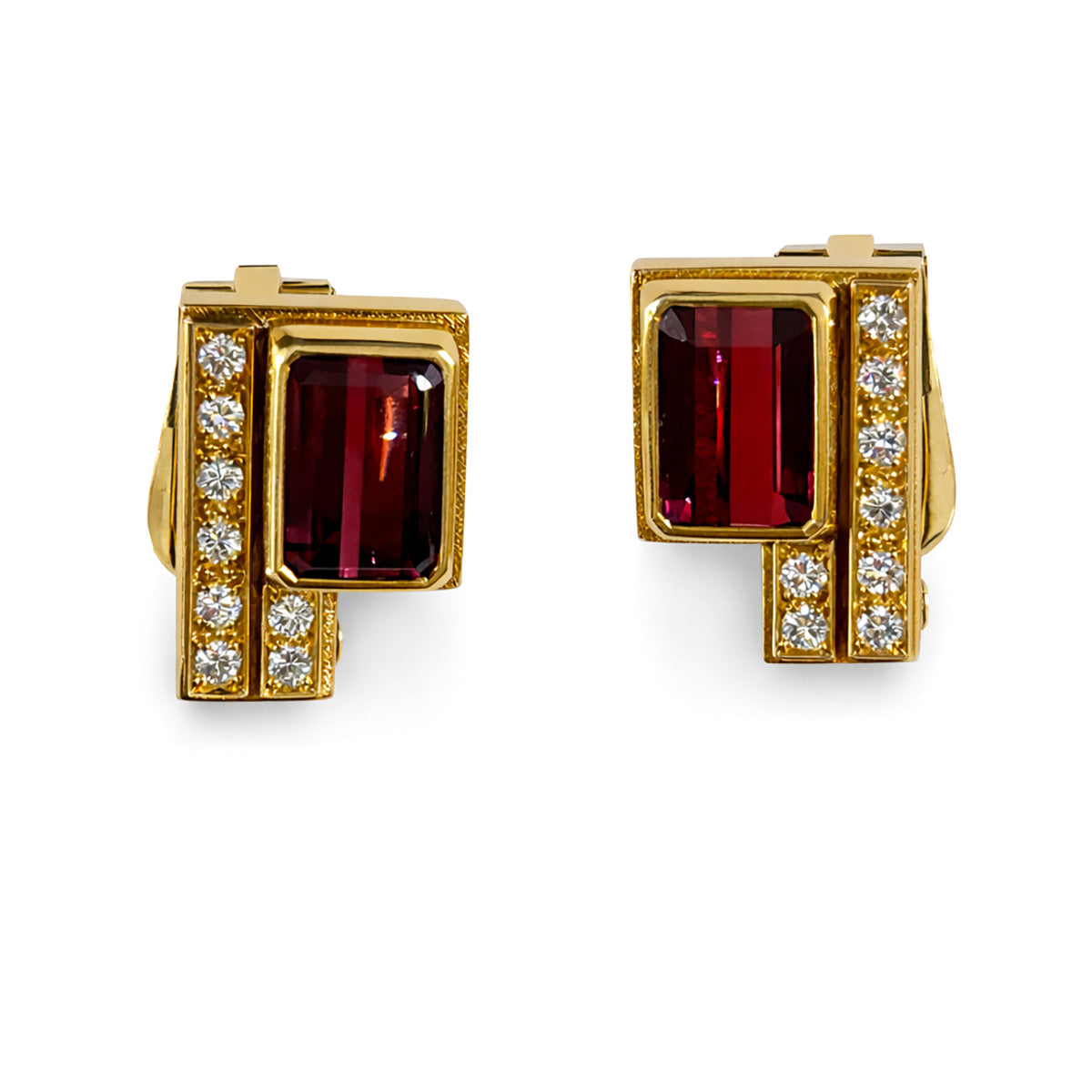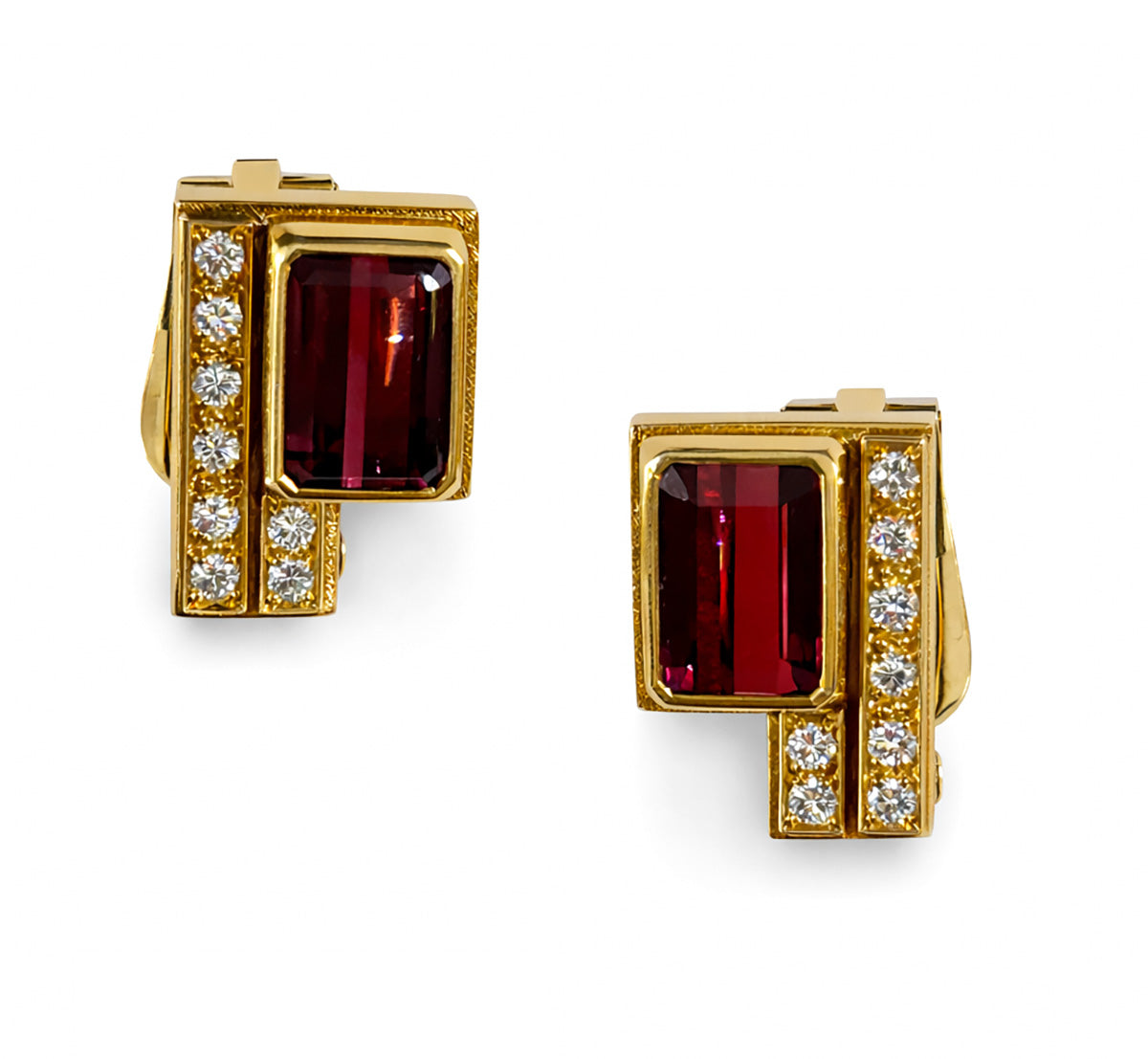
The Tiffany & Co. Art of Crafting Enamel Gold Inkwells
Although Tiffany & Co. is renowned worldwide for its high-end jewelry collections, the brand has also made a significant mark in the world of inkwells.
More specifically, in the late 19th and early 20th centuries, Tiffany & Co. crafted a fascinating selection of inkwells, which continue to be coveted by collectors of fine jewelry and valuable objects.
Tiffany & Co.'s inkwells are a reminder of the golden age of desk accessories, when even the most utilitarian items were meticulously crafted. These pieces are timeless works of art and a part of Tiffany’s illustrious history, marked by their exquisite enamel work and luxurious use of gold.

More specifically, in the late 19th and early 20th centuries, Tiffany & Co. crafted a fascinating selection of inkwells, which continue to be coveted by collectors of fine jewelry and valuable objects.
Tiffany & Co.'s inkwells are a reminder of the golden age of desk accessories, when even the most utilitarian items were meticulously crafted. These pieces are timeless works of art and a part of Tiffany’s illustrious history, marked by their exquisite enamel work and luxurious use of gold.

Picture: Antique Tiffany & Co. Regent St. London Enamel 18k Gold Inkwell (source: dsfantiquejewelry.com)
The Inkwell - An Opulent Object of Desire
Tiffany & Co. was established in 1837 by Charles Lewis Tiffany as a luxury goods and stationery store in New York City. Over time, the business expanded its product offerings and became a leading producer of jewelry and silverware.
By the mid-19th century, Tiffany & Co. began producing a range of luxury goods, such as objets d'art, desk accessories, and silverware, which were sold through its stores in the United States and Europe.
At the time, writing instruments and their accessories, including inkwells, were essential items for the upper classes.
Tiffany & Co. recognized the potential to elevate these functional items into objects of desire, transforming the humble inkwell into a luxurious work of art.
In the late 19th century, Tiffany & Co. opened a store on London's prestigious Regent Street, further extending its influence across Europe. The brand’s reputation grew through its offerings to European royalty and nobility, including its decorative arts and renowned inkwells, which became popular among affluent customers.
Many Tiffany & Co. inkwells from this period, such as the Antique Tiffany & Co. Enamel 18k Gold Inkwell, feature intricate designs, opulent materials, and a focus on craftsmanship, reflecting the aesthetics of the Victorian and Edwardian eras.
Gold, precious stones, and enamel detailing were combined to create emblems of prestige, perfect for the desks of the elite.
The Finest Materials
Tiffany & Co. often used the finest materials, including enamel, silver, and 18k gold, in crafting its inkwells. The brand’s dedication to fine craftsmanship was particularly evident in its use of enamel.
Enamel was a favored material due to its smooth finish and vibrant colors, achieved by fusing powdered glass to metal. Creating these vivid designs required skilled artisans, a testament to Tiffany’s expertise.
In addition to enamel, Tiffany & Co. often incorporated luxurious materials like pearls, diamonds, or semi-precious stones into its inkwells. These embellishments not only enhanced the visual appeal but also demonstrated the brand’s ability to merge luxury with practicality.
Two Main Techniques
Tiffany’s enamel inkwells were primarily made using two techniques: champlevé and cloisonné.
Cloisonné involved outlining designs with fine metal wire and then filling the spaces with enamel to create intricate patterns. Champlevé, on the other hand, required carving out sections of the metal surface and filling these recessed areas with enamel.
By using these techniques in combination with luxurious metals like 18k gold, Tiffany & Co. produced visually stunning inkwells, characterized by the vibrant colors of the enamel and the richness of the gold. These pieces became prized collectibles due to their artistic beauty and the craftsmanship involved.
Antique inkwells, especially those made by Tiffany & Co., are now highly sought after by collectors for their artistic and historical value.
Tiffany & Co. also crafted a limited number of mosaic inkwells, each unique. Production of these mosaic inkwells was limited compared to the more widely available desk sets.
Louis Comfort Tiffany
Louis Comfort Tiffany, the son of Charles Lewis Tiffany, played a pivotal role in establishing Tiffany & Co.’s decorative arts division.
Best known for his contributions to the Art Nouveau movement, particularly in stained glass, Louis was a master of color and light. However, his influence extended to all aspects of the company’s output, including enamel and metalwork.
During Louis Comfort Tiffany’s tenure, many inkwells were inspired by the organic forms and flowing lines of Art Nouveau. Nature-inspired motifs such as leaves, flowers, and vines were common, and enamel proved the perfect medium for bringing these designs to life in vivid hues.
A Short History of Inkwells
Before the invention of fountain pens and other self-contained ink pens, inkwells were essential for keeping ink stable. Early inkwells or inkstones needed to be portable and sealable, as those who could read and write often carried their writing tools with them.
Most inkwells share similar components, making it common to find one in private collections or thrift stores. They generally consist of two or three key parts:
Inkwells come in a variety of sizes and shapes, but they generally fall into two categories: functional or decorative.
Functional inkwells were typically made with simplicity and practicality in mind. Many antique inkwells are basic squares, rectangles, or circles with simple stoppers, making them affordable and easy to find today.
These functional inkwells are often made from common materials such as glass and brass, with no distinguishable maker, and are the least expensive.
As the wealth gap widened in the 19th century, the upper class sought to display their affluence, leading to the creation of more elaborate, decorative inkwells.

Before the invention of fountain pens and other self-contained ink pens, inkwells were essential for keeping ink stable. Early inkwells or inkstones needed to be portable and sealable, as those who could read and write often carried their writing tools with them.
Most inkwells share similar components, making it common to find one in private collections or thrift stores. They generally consist of two or three key parts:
- The inner pan, which holds the ink, is typically made of glass or metal and can be either integrated into the inkwell or removable.
- A lid is a crucial feature of inkwells. Anyone who has worked with ink knows how tricky spills can be. Some inkwells from the early 1900s have screw-top closures with small flip caps that snap shut to prevent spills.
- Some inkwells include adjacent parts not directly related to ink storage, like a pen holder—often shaped like a corn cob—that is attached to the inkwell. Before fountain pens, users relied on dip pens, so a convenient storage space was necessary.
Inkwells come in a variety of sizes and shapes, but they generally fall into two categories: functional or decorative.
Functional inkwells were typically made with simplicity and practicality in mind. Many antique inkwells are basic squares, rectangles, or circles with simple stoppers, making them affordable and easy to find today.
These functional inkwells are often made from common materials such as glass and brass, with no distinguishable maker, and are the least expensive.
As the wealth gap widened in the 19th century, the upper class sought to display their affluence, leading to the creation of more elaborate, decorative inkwells.

Antique Tiffany & Co. Regent St. London Enamel 18k Gold Inkwell (source: dsfantiquejewelry.com)
Inkwells Seen as Investments
Tiffany & Co. inkwells are valued not only for their beauty but also for their financial worth. With the growing demand for antique and vintage luxury items, these inkwells have become increasingly valuable.
Due to their rarity and exceptional craftsmanship, Tiffany & Co. inkwells are highly desirable additions to fine art and antique collections.
In particular, inkwells like the Antique Tiffany & Co. Regent Street Enamel 18k Gold Inkwell are treasured for their historical connections to Tiffany's London branch and the brand's use of top-quality materials (visit our website to explore this stunning item).
The provenance and condition of a piece are crucial factors in determining its value, as is the case with many luxury collectibles.
Tiffany & Co. inkwells fetch impressive prices at auctions and in the luxury resale market, especially those in excellent condition with documented provenance.
A Timeless Legacy of Elegance
Tiffany & Co. has left an indelible mark on the world of luxury craftsmanship, not only with its iconic jewelry but also with ornamental objects like inkwells.
The Antique Tiffany & Co. Enamel 18k Gold Inkwell is a perfect example of how Tiffany elevates everyday objects into works of art.
Owning an antique inkwell, a piece of Tiffany's history, offers collectors and enthusiasts a tangible link to a more elegant and refined past.
Whether valued for their aesthetic beauty or historical significance, Tiffany & Co. inkwells continue to captivate those who appreciate the fusion of art and functionality.
Tiffany & Co. inkwells are valued not only for their beauty but also for their financial worth. With the growing demand for antique and vintage luxury items, these inkwells have become increasingly valuable.
Due to their rarity and exceptional craftsmanship, Tiffany & Co. inkwells are highly desirable additions to fine art and antique collections.
In particular, inkwells like the Antique Tiffany & Co. Regent Street Enamel 18k Gold Inkwell are treasured for their historical connections to Tiffany's London branch and the brand's use of top-quality materials (visit our website to explore this stunning item).
The provenance and condition of a piece are crucial factors in determining its value, as is the case with many luxury collectibles.
Tiffany & Co. inkwells fetch impressive prices at auctions and in the luxury resale market, especially those in excellent condition with documented provenance.
A Timeless Legacy of Elegance
Tiffany & Co. has left an indelible mark on the world of luxury craftsmanship, not only with its iconic jewelry but also with ornamental objects like inkwells.
The Antique Tiffany & Co. Enamel 18k Gold Inkwell is a perfect example of how Tiffany elevates everyday objects into works of art.
Owning an antique inkwell, a piece of Tiffany's history, offers collectors and enthusiasts a tangible link to a more elegant and refined past.
Whether valued for their aesthetic beauty or historical significance, Tiffany & Co. inkwells continue to captivate those who appreciate the fusion of art and functionality.

